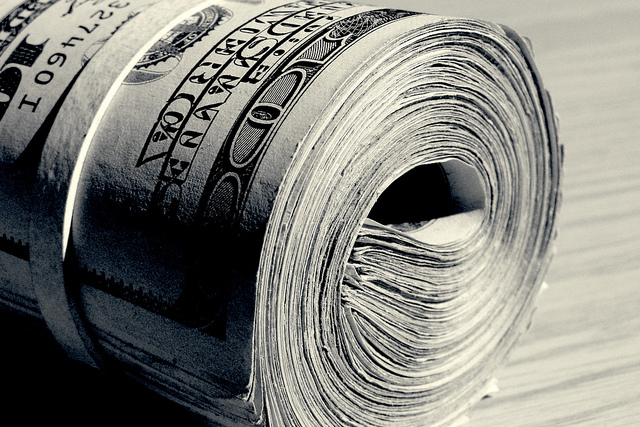About a year ago, a piece in the New England Journal of Medicine revealed that the overwhelming majority of patient advocacy groups that are disease organizations are funded by industry and governed by industry leaders. Since then, Kaiser Health News (KHN) has built a database tracking gifts from pharmaceutical companies to patient advocacy groups. Sydney Lufkin and Emily Kopp report for Kaiser Health News that, in 2015 alone, 594 patient advocacy groups received $116 million from 14 drug companies. Could this explain why virtually all of the large patient advocacy groups are Pharma shills and never advocate for lower drug prices?
Many of the patient advocacy groups have significant influence with lawmakers. They generally dedicate a lot of time making the case for research money. They also often keep pressure on members of Congress not to take action to reduce drug prices, claiming that it could undermine access to drugs. As a general rule, they do not ally themselves with organizations advocating for their members who cannot afford needed medicines.
Pharmaceutical companies do not have to disclose donations to patient advocacy organizations. So, we do not know the full extent of pharmaceutical company donations to these “patient advocacy” groups. Several pharmaceutical companies opted not to disclose their giving to these groups, including Allergan, Baxter International, Gilead Sciences and Mylan. But, the KHN database, Prescription for Power has gathered as much information as is available.
KHN has found that pharmaceutical companies gave more money to patient advocacy groups in 2015 than to federal policymakers. By so doing, pharmaceutical companies can leverage their dollars, enlisting patients to speak to lawmakers, provide testimony in Congress, and organize social media campaigns on their behalf.
The NEJM researchers studied 104 “patient advocacy” groups with revenues of at least $7.5 million. Prescription for Power takes that work to the next level, with information on 1,200 patient groups. KHN finds that nearly half (594) of them accepted drug company money. KHN further finds that some patient groups are purely shills for pharmaceutical companies, repeating their talking points in their communications without doing much else.
So, before supporting or taking advice from a group that appears to be a patient advocacy group, understand its ties to the medical industrial complex. Dr. Adriane Fuh-Berman, the head of PharmedOut, a Georgetown University Medical Center program critical of the way pharmaceutical companies market drugs, warns that the advice you get from many patient groups could be misleading. For example, it could steer you to high-cost drugs when low-cost alternatives might be better.
To be sure, the patient advocacy groups taking money from pharmaceutical companies represented to Kaiser Health News that they shaped their organizations’ priorities independently of the companies funding their organizations. And the drug companies represented same. We all know, however, that money talks. Notably, the patient groups and the drug companies appear to share similar goals, goals that are very different from those of Patients for Affordable Drugs, a patient advocacy group that takes no money from Pharma.
In addition to “patient advocacy” groups, drug company money flows to scores of entities that can benefit pharmaceutical companies, including, doctors, researchers, thought leaders, academics, media outlets, and policymakers.
Here’s more from Just Care:
- How to lower your prescription drug costs if you have Medicare
- One in three FDA-approved drugs have safety risks
- FDA approved medical devices may not be safe
- Doctors influenced by drug company money
- With drug prices soaring, millions buy drugs abroad










